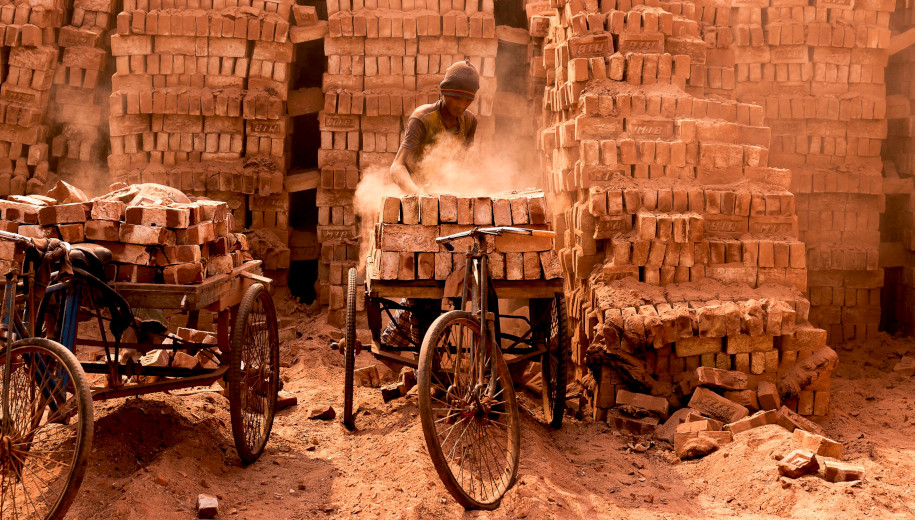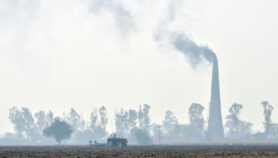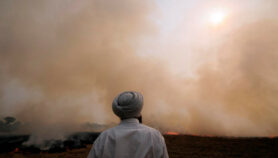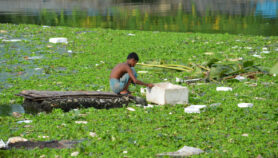05/05/21
Targeting pollutive brick kilns in Bangladesh with AI

By: Sanjeet Bagcchi
Send to a friend
The details you provide on this page will not be used to send unsolicited email, and will not be sold to a 3rd party. See privacy policy.
[NEW DELHI] A low-cost machine learning method has the potential to track down immensely polluting brick kilns in Bangladesh, helping regulators monitor environmental compliance, new research shows.
The study, published in Proceedings of the National Academy of Sciences (PNAS) and conducted by researchers from Stanford University, US, and International Centre for Diarrhoeal Disease Research, Bangladesh, showed how the combination of artificial intelligence and satellite imagery offers an inexpensive and scalable method for spotting and monitoring an otherwise difficult-to-regulate industry such as brick kilns in Bangladesh.
There are thousands of brick kilns in Bangladesh although the exact number is unknown as the industry is dominated by small-scale, informal producers. The researchers estimate that almost everyone in the country lives within 10 kilometres of a brick kiln, and over 18 million live within one kilometre of a kiln. Most kilns use traditional, coal-burning technology, a major contributor to air pollution.
Brick kilns are responsible for 17 per cent of the country’s annual carbon dioxide emissions and, in the capital Dhaka, up to half of the fine particulate matter considered harmful to human lungs, the study said.
The government of Bangladesh has launched a study to manually map and verify the locations of brick kilns across the country, but the task is time- and labour-intensive, researchers note.
“Our approach could really reduce the time and effort needed to regulate the brick industry,” says Nina Brooks, one of the authors of the study, and a postdoctoral associate at the Institute for Social Research and Data Innovation, University of Minnesota, US.
Previous studies have looked at the potential of satellite observations and machine learning for environmental regulation, but concentrated mostly on wealthy nations where the location of firms is readily observed.
Researchers point out that in developing countries, like Bangladesh in South Asia, considerable pollution stems from “informal industries” including small-scale mines, brick kilns, and tanneries. They note that problems are aggravated because “the location and activity of these firms is hard to observe” and the “resources for regulatory enforcement are often limited”.
In Bangladesh, according to the researchers, there are “widespread violations” on environmental regulations controlling “brick manufacturing”, which has “implications for the health and well-being of the country”.
In the study, the researchers developed an algorithm based on previous deep learning applications used in environmental monitoring and previous efforts to advocate deep learning to identify brick kilns. The algorithm could track down whether images contain kilns and localise kilns within the image.
“The method rebuilds kilns that have been fragmented across multiple images—an inherent problem with satellite imagery—and is able to identify when multiple kilns are contained within a single image,” explained a release by Stanford University.
Video credit: Stanford Woods Institute for the Environment.
“The approach revealed that more than three-fourths of kilns in Bangladesh are illegally constructed within 1 kilometre (0.6 mile) of a school, and almost 10 per cent are illegally close to health facilities. It also showed that the government systematically underreports kilns with respect to regulations.”
According to Brooks, one thing that is abundantly clear from this work is that the current regulatory approach is not protecting the population from the harmful by-products of brick making.
“At the same time, trying to push kilns farther and farther away from humans is not feasible and demand for bricks is showing no signs of slowing down,” she notes. “Brick manufacturing must be cleaned up—and this is another area where our group is actively engaged in research in Bangladesh.”
“Brick manufacturing must be cleaned up”
Nina Brooks, University of Minnesota
Saroj Kumar Sahu, an assistant professor at the Utkal University in Bhubaneswar, India, and former visiting scientist at the National Institute for Environmental Studies in Japan tells SciDev.Net that low technology-based, unorganised brick kilns industry is a genuine problem across many lower-income Asian countries where the access to better technology or alternatives, such as cement-based brick industry, has low penetration.
“Artificial intelligence combined with satellite imagery would definitely be an advanced approach to monitor such kilns and can be [of] great value. “I feel [the study] has huge potential for further research,” he adds.
This piece was produced by SciDev.Net’s Asia & Pacific desk.
* This article was amended on 6 May 2021 to include the video from the Stanford Woods Institute for the Environment. The lede was also edited for clarity.















